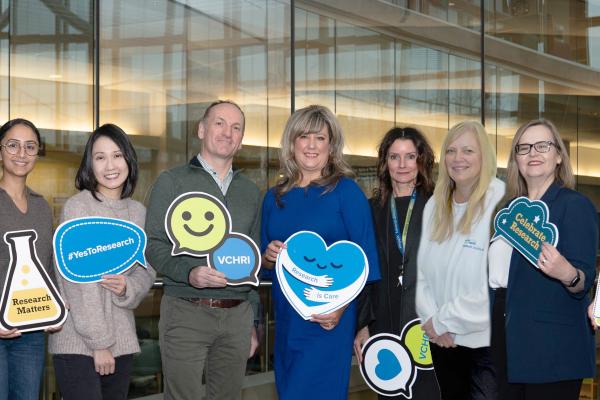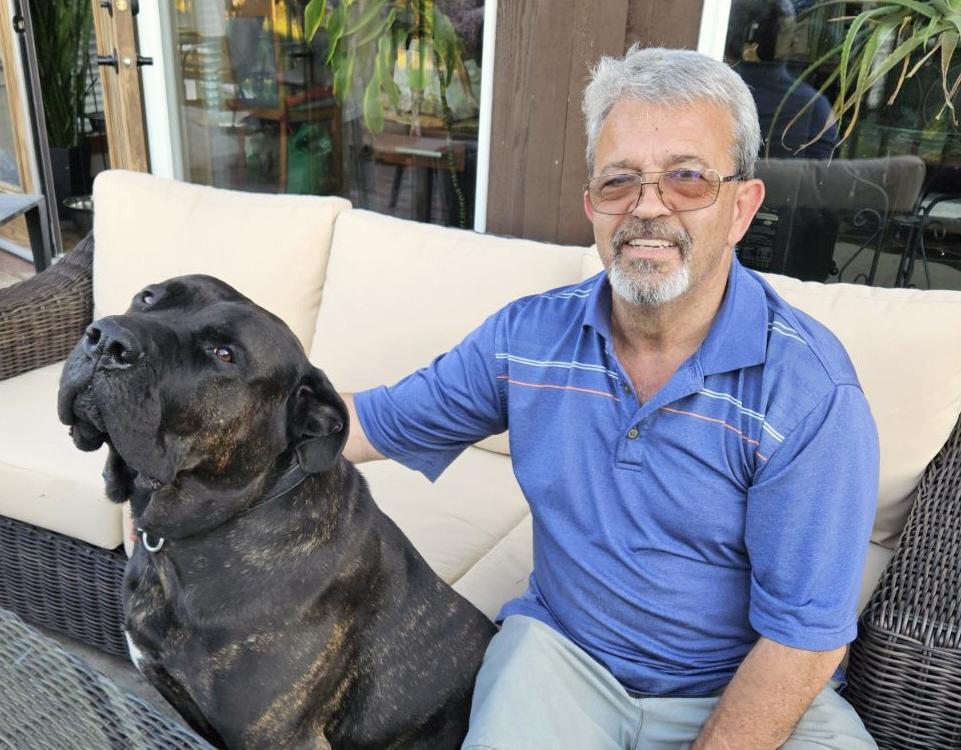
"I say yes to participate in research because I am always game for continuous improvement, including for kidney stone procedures."
– Manny Chiquita, Langley
Manny Chiquita will never forget the first time he experienced the symptoms of kidney stones. It happened in the early 1990s while Chiquita was enjoying a round of golf in Tsawwassen, B.C. “I peed blood and ignored it,” he recalls. “I told myself that, if it happened again, I would see a doctor.”
Two months later, the symptom recurred. The father of two then young children visited his family doctor for a checkup, fearing the worst.
Following a battery of tests, including a computed tomography scan that imaged his internal organs, Chiquita was diagnosed with a 17-millimetre-sized kidney stone that was lodged in his urinary tract, irritating the lining of the ureter tube to the point of drawing blood. Due to its size and location, the stone had to be surgically extracted.
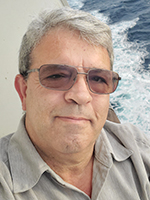
Now 67 years old, Chiquita has been a regular patient at the Stone Centre at Vancouver General Hospital, receiving screenings and treatment for recurrent kidney stones. Surgical removal is the last resort in kidney stone treatment; so, after his first procedure, Chiquita has mostly received a treatment called extracorporeal shock wave lithotripsy (ESWL).
Administered by a urologist, a certified technician and other support team members, ESWL involves fluoroscopy, a type of radiating X-ray imaging technology that gives clinicians a continuous view of the internal structures of the body — similar to watching a real-time movie — to accurately pinpoint and treat stones.
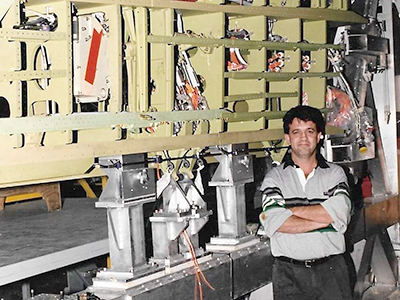
ESWL directs many intense bursts of acoustic sound waves — between 60 to 120 per minute — to each stone to break it apart from the inside out. Because of its intensity, the treatment requires sedation and accompaniment home from the hospital. Patients must also take a laxative and follow a clear liquid diet prior to the procedure.
“The bowel prep the day before was awful,” says Chiquita, who has received dozens of these treatments over the years. “After ESWL, the stones would come out in a couple of days. If they came out all at once, the pain was over a 10 out of 10.”
New Break Wave Lithotripsy offers a low-hassle alternative for kidney stones
When Chiquita was approached by Stone Centre urologist and Vancouver Coastal Health Research Institute researcher Dr. Ben Chew about a new procedure called Break Wave Lithotripsy (BWL), he was intrigued and signed up to participate in the first ever clinical trial of the novel technology, led by Chew.
“Dr. Chew told me that, with Break Wave, there is no need for anesthesia, bowel prep or X-ray; so, I said: ‘sign me up!’” Chiquita recalls.
"I had received many kidney stone procedures in the past, but this time I could drive myself to and from the hospital in a few hours. It was so convenient.”
Because BWL uses low-intensity sound waves, anesthesia is not required. Patients can drive themselves to and from the hospital, with the procedure lasting around 30 minutes. Clinicians use non-radiating ultrasound imaging, with BWL able to piggyback on existing ultrasound machines, making the technology smaller and more portable than ESWL equipment, which is only available at certain hospitals.
“BWL has potential applications in rural and remote communities that do not have access to the larger, dedicated machines needed to perform ESWL,” notes Chew. “For BWL, we can replace the diagnostic generator component of existing ultrasound machines with a therapeutic one used to send ultrasonic waves to treat the stones.”
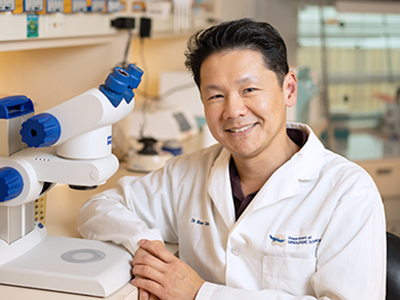
BWL whittles down stones from the outside in, carving larger stones into smaller pieces that are easier to pass.
“With BWL, the stones seemed to come out one or two weeks later and with no real pain,” Chiquita shares.
While Chiquita was thrilled with the procedure and its overall results, there was a downside: having to hold his breath for extended periods of time.
“During BWL, health care staff held a tablet in front of my eyes so that, using my breathing, I could help them position a stone between crosshairs on the screen,” explains Chiquita. “To accomplish this, I had to hold my breath sometimes for 20 to 30 seconds while they attacked the stone with the Break Wave machine; then I would rest for a bit.”
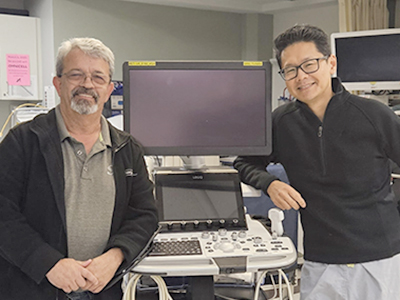
For stones positioned behind the ribs or organs, ESWL will remain the therapeutic mode of choice, as BWL is unable to penetrate bone or the air bubbles often found in organs. That said, Chiquita is happy to continue receiving BWL when possible. Chiquita is also keeping his salt intake down and generally eating a healthy diet and staying fit to minimize the formation of stones in his kidneys.
“I will do BWL again because it does not have prep; I can drive myself to and from the procedure; there is no recovery time; and it helped me pass all of my stones,” states Chiquita. “To me, this procedure was 100 per cent successful.”
This is one patient's story of participating in a research study. Your experience may differ. Learn about clinical trials before participating.
